The 7 Best ETFs for Retirees in 2017
Exchange-traded funds are inexpensive, first-class investments.
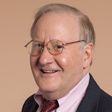
Investors are flocking to exchange-traded funds—and why shouldn’t they? ETFs are almost always cheaper than ordinary mutual funds, which, on average, trail their benchmarks by their expense ratios. ETF providers keep slashing prices as they battle for market share. ETFs offer a huge variety of investment strategies. And they’re easy to use: You just buy and sell them as you do stocks.
You can easily build a complete portfolio with ETFs. Or you can choose some ETFs and some conventional mutual funds. Most ETFs are still index funds, but a growing number of ETFs carve out specialized market niches by tracking unusual, sometimes custom-made, indexes.
Below are my seven best ETF picks for 2017 for retirees and people who are nearing retirement, as well as my recommendations for combining them into sound portfolios. The ETFs are a mix of plain-vanilla index funds and niche funds. I don’t claim to be clairvoyant, but I think these funds will reward investors well over the coming year. Returns and prices are as of December 2.
From just $107.88 $24.99 for Kiplinger Personal Finance
Become a smarter, better informed investor. Subscribe from just $107.88 $24.99, plus get up to 4 Special Issues

Sign up for Kiplinger’s Free Newsletters
Profit and prosper with the best of expert advice on investing, taxes, retirement, personal finance and more - straight to your e-mail.
Profit and prosper with the best of expert advice - straight to your e-mail.
I’ll start with iShares Core S&P 500 (symbol IVV), one of the cheapest ways to track Standard & Poor’s 500-stock index. This ETF charges a tiny 0.04% annually—that’s four-hundredths of one percentage point. The S&P 500 is a market-cap weighted index that includes mainly stocks of large companies but also has about 15% of its assets in midsize concerns. The index is the benchmark for many domestic stock funds, which have found it exceedingly difficult to beat.
For the first time in many years, stocks of small and midsize companies are as attractive, in my view, as stocks of larger companies. Small companies tend to export less than larger companies, so they’ll suffer less from any trade disputes, as well as from any further rise in the dollar. What’s more, by some measures, small companies are no longer overpriced compared with large companies, according to the Leuthold Group, an investment research firm.
Midcaps offer almost all of the advantages of small caps but with much less risk. That makes them ideal for retirees. My favorite midcap ETF is the aptly named iShares Core S&P Mid-Cap ETF (IJH), which tracks the S&P MidCap 400 index. Standard and Poor’s excludes financially weak midcaps from this index. That culling has enabled the index to slightly outperform other midcap indexes over the past 10 years. The ETF charges 0.04% a year.
Dividend stocks have lagged the market in recent months, but that’s no reason to abandon investing in high-quality companies that have a long history of sharing profits with investors. Schwab U.S. Dividend Equity ETF (SCHD) doesn’t seek out the highest yielders. Instead it focuses on large, healthy companies with above-average yields that have paid dividends in each of the past 10 years. It yields 3.2% and charges fees of 0.07%.
For foreign stocks, I favor iShares Edge MSCI Minimum Volatility EAFE ETF (EFAV). It invests in foreign stocks in developed countries, taking steps to limit investors’ risks. It does this by picking stocks with low volatility and combining them into a portfolio that aims to further limit overall volatility. The fund’s biggest overweightings are in classic defensive sectors: consumer necessities, health care and utilities. But the ETF offers more diversification than other low-volatility foreign-stock ETFs.
Don’t expect this ETF to keep up in bull markets. But over the past three years, a poor stretch for foreign stocks, it was 20% less volatile than the MSCI EAFE index, which tracks stocks of large companies in developed markets. During that period, the ETF returned an annualized 3.0%, compared with an annualized loss of 1.5% for the MSCI index. The ETF’s expenses are 0.20% annually.
A fund with a similar approach is iShares Edge MSCI Minimum Volatility Emerging Markets ETF (EEMV). Like the developed-markets ETF above, the emerging-markets ETF overweights makers of consumer necessities, health care stocks and utilities. Over the past five years, a mostly dismal period for developing-markets stocks, it was 22% less volatile than its benchmark, the MSCI Emerging Markets index. Over that period, the ETF returned an annualized 1.7%, compared with 0.4% annualized for the MSCI index. As the ETF has shown this year, it will lag in strong markets. So far in 2016, the fund has gained 3.8%, while the index has returned 10.0%.
I don’t see much opportunity in the bond market in 2017. With bond yields still low and rising, the risks of owning bonds are high (bond prices move in the opposite direction of rates). Retirees and near-retirees should keep their maturities short and the quality of their bonds high.
You won’t get rich investing in Vanguard Short-Term Corporate Bond ETF (VCSH) – figure on making 1% to 2% over the next year—but you’ll never lose much either. The ETF owns high-quality bonds with an average duration of 2.7 years, meaning its price should fall roughly 2.7% if interest rates were to rise by one percentage point. The fund yields 2.1% and charges 0.10% annually.
SPDR Nuveen Bloomberg Barclays Short Term Municipal Bond ETF (SHM) provides the same kind of low-risk, low-return approach but invests in tax-exempt municipal bonds rather than in taxable debt. The fund has an average duration of 2.9 years, the average credit quality of its bonds is double-A, and it charges 0.20% a year. It yields a meager 1.2%, which is equivalent to a taxable yield of 2.0% for an investor in the highest (43.4%) tax bracket.
As far as allocation, the typical pre-retiree should put 35% in one or both of the bond funds listed above. A typical retiree should boost the bond allocation to 40%, though older retirees might raise the bond allocation to 50% or even 60%.
For the stock portion of a portfolio, I’d put 45% into the S&P 500 ETF, 15% apiece into the mid-cap and dividend ETF, 17.5% into the foreign developed-market ETF and 7.5% into the emerging-markets ETF.
Steve Goldberg is an investment adviser in the Washington, D.C., area.
Profit and prosper with the best of Kiplinger's advice on investing, taxes, retirement, personal finance and much more. Delivered daily. Enter your email in the box and click Sign Me Up.

-
 AI Stocks Lead Nasdaq's 398-Point Nosedive: Stock Market Today
AI Stocks Lead Nasdaq's 398-Point Nosedive: Stock Market TodayThe major stock market indexes do not yet reflect the bullish tendencies of sector rotation and broadening participation.
-
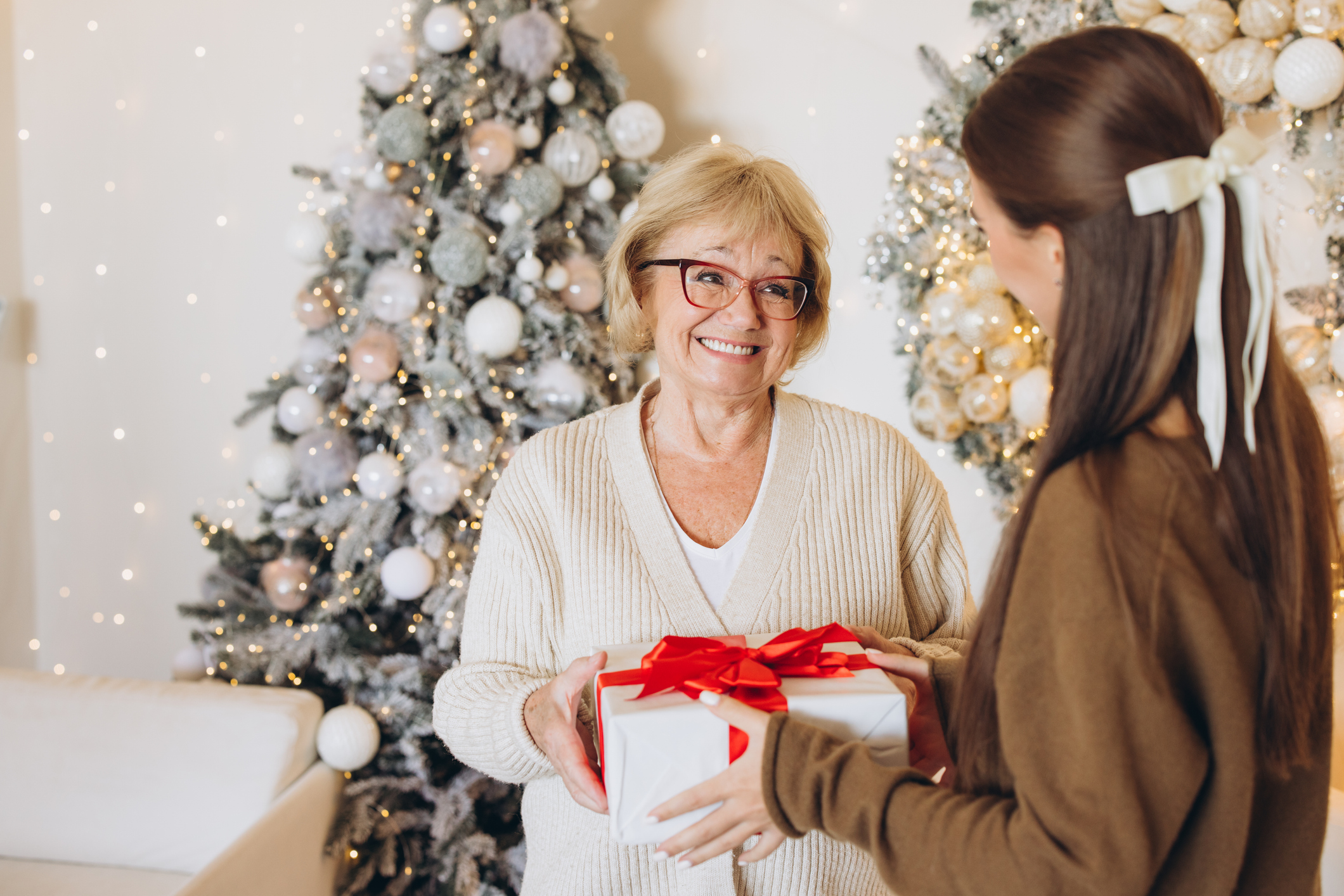 Top Tech Gifts to Grab at Walmart Before Christmas
Top Tech Gifts to Grab at Walmart Before ChristmasBig savings on Apple, Bose, HP, Vizio and more while there's still time to shop.
-
 AI Appliances Aren’t Exciting Buyers…Yet
AI Appliances Aren’t Exciting Buyers…YetThe Kiplinger Letter Artificial intelligence is being embedded into all sorts of appliances. Now sellers need to get customers to care about AI-powered laundry.
-
 AI Stocks Lead Nasdaq's 398-Point Nosedive: Stock Market Today
AI Stocks Lead Nasdaq's 398-Point Nosedive: Stock Market TodayThe major stock market indexes do not yet reflect the bullish tendencies of sector rotation and broadening participation.
-
 Dow Adds 646 Points, Hits New Highs: Stock Market Today
Dow Adds 646 Points, Hits New Highs: Stock Market TodayIt was "boom" for the Dow but "bust" for the Nasdaq following a December Fed meeting that was less hawkish than expected.
-
 Dow Rises 497 Points on December Rate Cut: Stock Market Today
Dow Rises 497 Points on December Rate Cut: Stock Market TodayThe basic questions for market participants and policymakers remain the same after a widely expected Fed rate cut.
-
 JPMorgan's Drop Drags on the Dow: Stock Market Today
JPMorgan's Drop Drags on the Dow: Stock Market TodaySmall-cap stocks outperformed Tuesday on expectations that the Fed will cut interest rates on Wednesday.
-
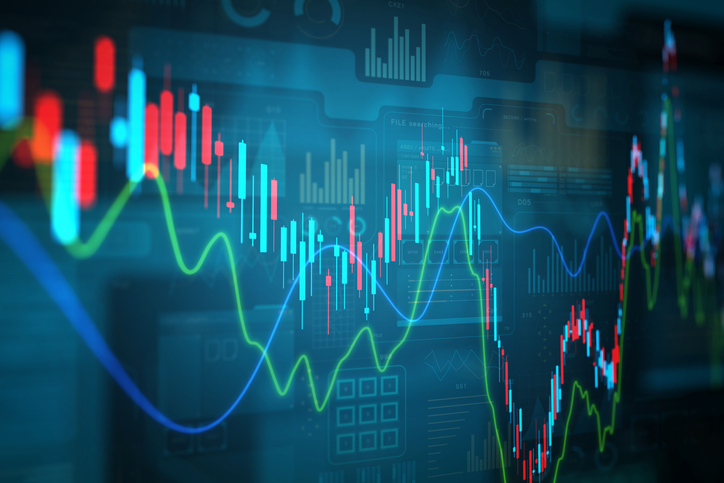 Stocks Slip to Start Fed Week: Stock Market Today
Stocks Slip to Start Fed Week: Stock Market TodayWhile a rate cut is widely expected this week, uncertainty is building around the Fed's future plans for monetary policy.
-
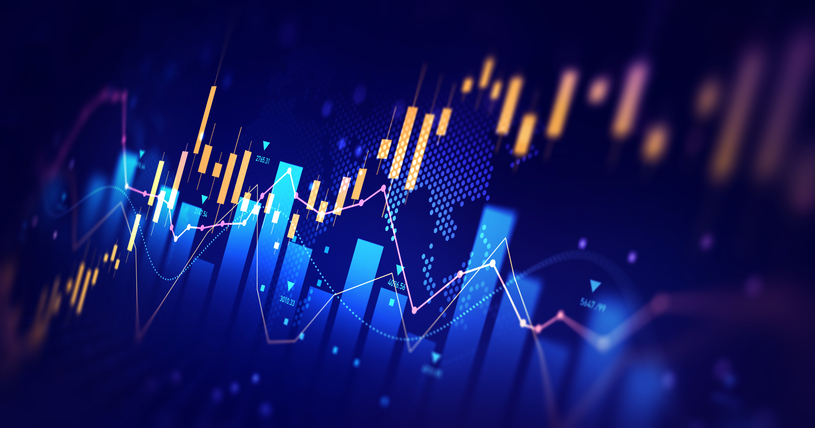 Stocks Keep Climbing as Fed Meeting Nears: Stock Market Today
Stocks Keep Climbing as Fed Meeting Nears: Stock Market TodayA stale inflation report and improving consumer sentiment did little to shift expectations for a rate cut next week.
-
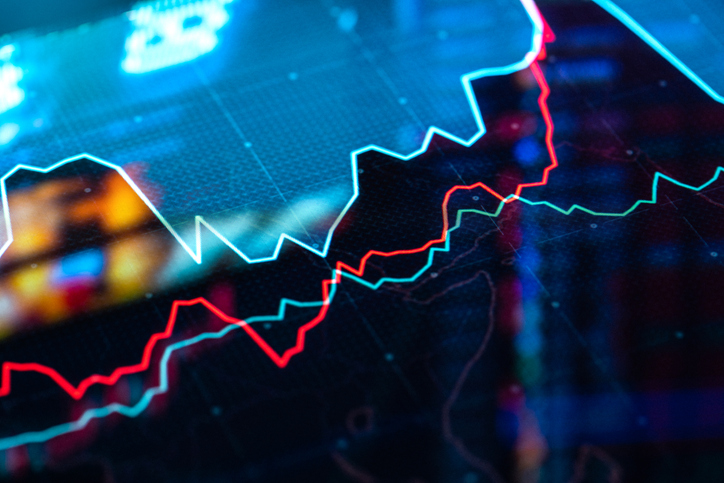 Small Caps Hit a New High on Rate-Cut Hope: Stock Market Today
Small Caps Hit a New High on Rate-Cut Hope: Stock Market TodayOdds for a December rate cut remain high after the latest batch of jobs data, which helped the Russell 2000 outperform today.
-
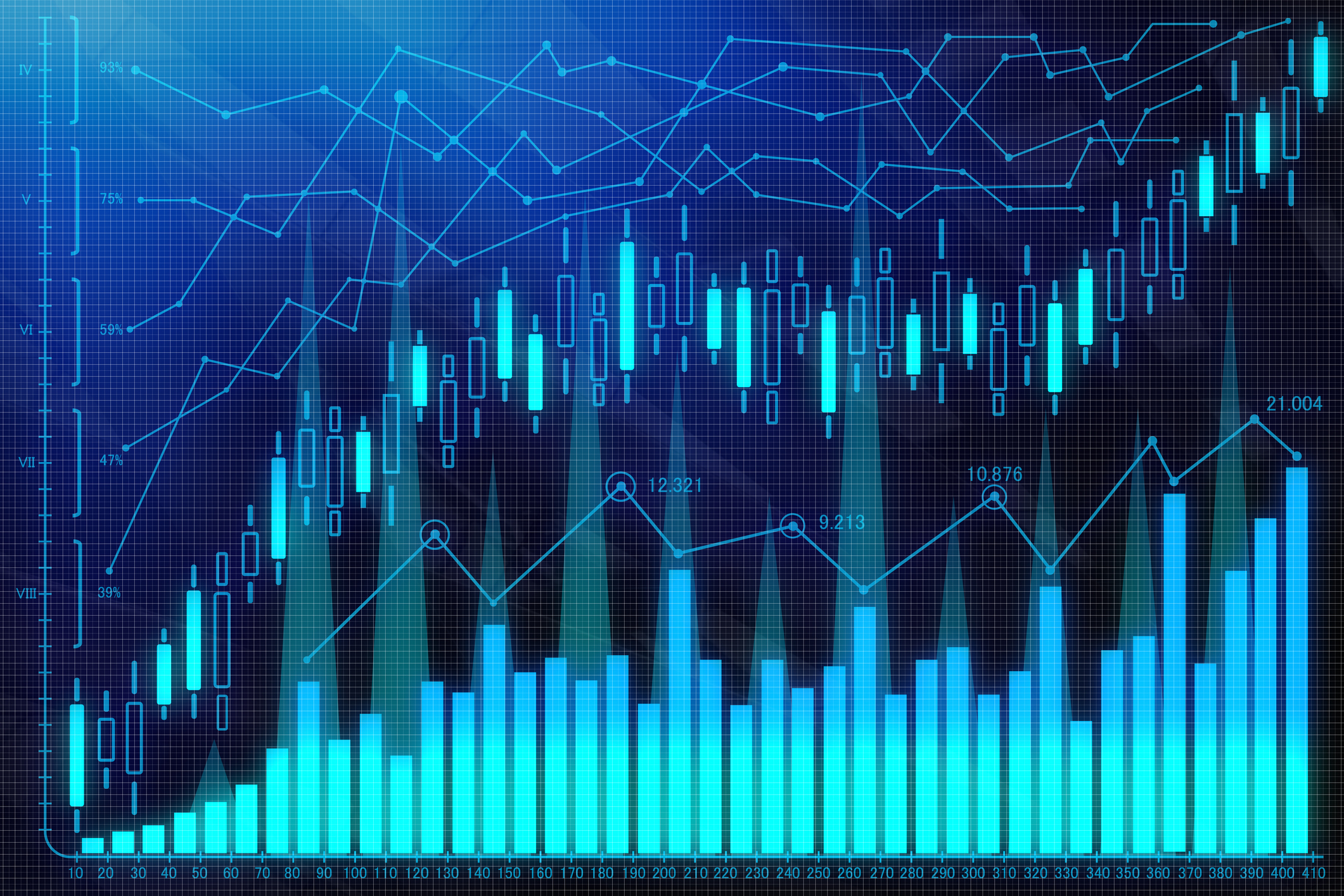 UNH Sparks a 408-Point Surge for the Dow: Stock Market Today
UNH Sparks a 408-Point Surge for the Dow: Stock Market TodayThe best available data right now confirm both a slowing employment market and a December rate cut, a tension reflected at the equity index level.